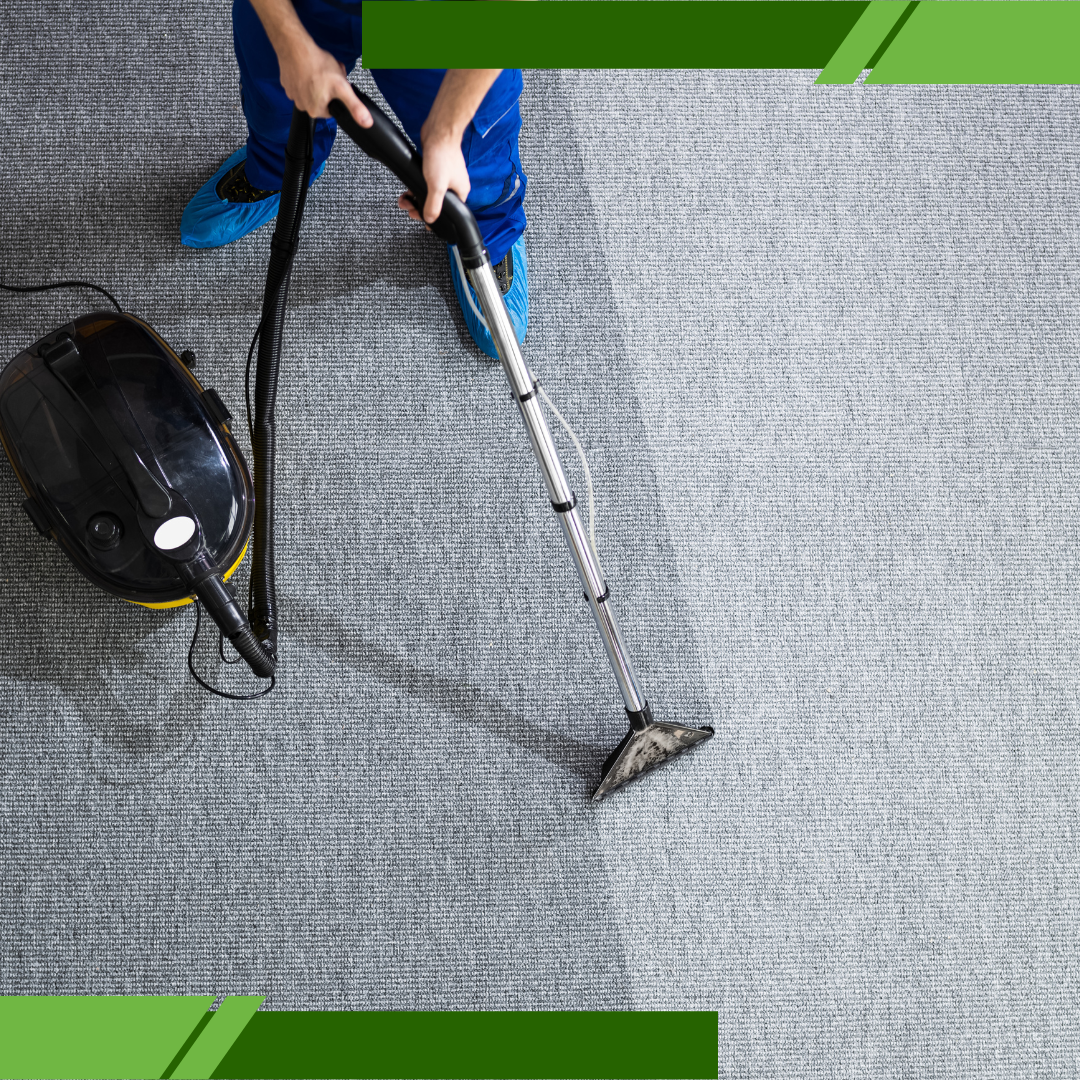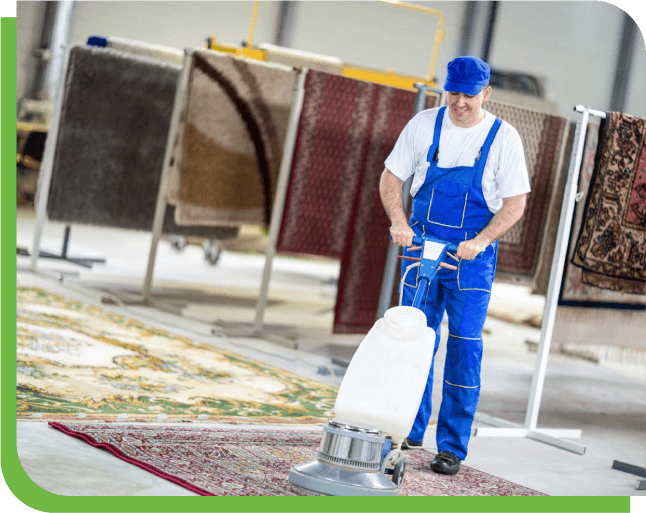Get in touch
Fill this up to proceed

We are committed to providing a world-class carpet, rug, upholstery, drapery or mattress cleaning services that will open your door to a happier and healthier green indoor environment.
One of the most common household items that trap hidden bacteria is your carpet. It may look soft and clean after a quick vacuum, but carpets act like sponges, holding onto dirt, dust, and bacteria deep within the fibers. Shoes, pet paws, and everyday spills only add to the problem.
In fact, studies show carpets can carry more bacteria per square inch than a toilet seat. Dust mites and allergens also make it harder for people with asthma or allergies to breathe comfortably.
Vacuuming alone isn’t enough. That’s why many homeowners turn to trusted carpet cleaning professionals who use deeper methods to refresh carpets and keep homes healthier.Another surprising household items trap hidden bacteria is the kitchen sponge. Always damp and often full of food particles, it becomes the perfect place for harmful germs like salmonella and E. coli to grow.
Most people think rinsing or microwaving a sponge keeps it clean, but bacteria multiply again within hours. That’s why sponges should be replaced often—sometimes every week if they’re used heavily. Switching to dish brushes or microfiber cloths can also cut down on bacteria since they dry faster.
For a healthier kitchen and cleaner living space in Winnetka, pair this habit with a professional service like Carpet Cleaning Winnetka to tackle germs in your flooring as well.

Remotes are handled by everyone in the house but rarely cleaned. That makes them one of the easiest household items trap hidden bacteria. From greasy snack fingers to germs left behind by someone who’s sick, remotes quickly become covered in bacteria and viruses.
Because germs can survive for hours or days on plastic surfaces, they’re easily passed from one family member to another. Cleaning remotes with disinfectant wipes once or twice a week keeps them safer to use. Don’t forget game controllers, too.
Bathrooms are already humid spaces, making them friendly to germs. Toothbrush holders are one of the most overlooked household items trap hidden bacteria. Moisture from brushing collects inside, and the close range to toilets only adds to the contamination risk.
Rinsing and disinfecting holders every few days—or choosing one that’s dishwasher safe—helps stop bacteria from building up.

Doorknobs and light switches are touched constantly by every person in the house, yet they rarely get disinfected. These are classic household items trap hidden bacteria because germs from unwashed hands or raw foods spread quickly across surfaces.
A quick wipe-down with disinfectant once or twice a week reduces the risk of spreading colds and flu germs around your home in Winnetka.
Your cell phone travels everywhere with you: kitchens, bathrooms, even grocery stores. It’s no surprise that phones are one of the top household items trap hidden bacteria. Oils from your skin, food residue, and airborne germs collect on the surface and easily transfer to your face.
Using alcohol-based wipes or a UV sanitizer daily keeps your phone cleaner and safer to handle.
Soft and inviting, pillows and bedding are another set of household items trap hidden bacteria. Every night they collect sweat, hair, and skin cells. Over time, the inside of pillows becomes a breeding ground for bacteria and dust mites.
Experts recommend washing pillowcases weekly, washing pillows every three to six months, and replacing them every one to two years. For families in Winnetka, where seasonal changes can affect allergies, this habit can greatly improve sleep quality.
Your home may look spotless, but the truth is many household items trap hidden bacteria that you can’t see. From carpets and sponges to doorknobs and pillows, germs are hiding in plain sight. The key is small, consistent habits like disinfecting surfaces, replacing old sponges, washing bedding, and scheduling regular deep cleanings.
By staying ahead of germs, you can keep your home in Winnetka healthier, fresher, and safer for everyone who lives there.
If your carpet hasn’t been deep-cleaned in over a year or you notice allergies worsening at home, it’s likely harboring bacteria and dust mites. Regular vacuuming helps, but only professional cleaning removes deeply trapped germs.
Sponges should be replaced every week if used daily because they trap bacteria quickly. Using dish brushes or microfiber cloths can also help reduce germs.
Yes, because these are high-touch areas that everyone uses daily, making them easy places for bacteria to spread. A quick wipe with disinfectant once or twice a week is enough to stay protected.
Wash pillowcases weekly and wash pillows every few months to reduce bacteria buildup. Replacing old pillows every 1–2 years keeps your sleep environment cleaner.
Absolutely, because they remove dirt and bacteria that regular cleaning can’t reach. This is especially important for carpets and upholstery that trap hidden bacteria over time.

We are committed to providing a world-class carpet, rug, upholstery, drapery or mattress cleaning services that will open your door to a happier and healthier green indoor environment.
We are committed to providing a world-class carpet, rug, upholstery, drapery or mattress cleaning services that will open your door to a happier and healthier green indoor environment.